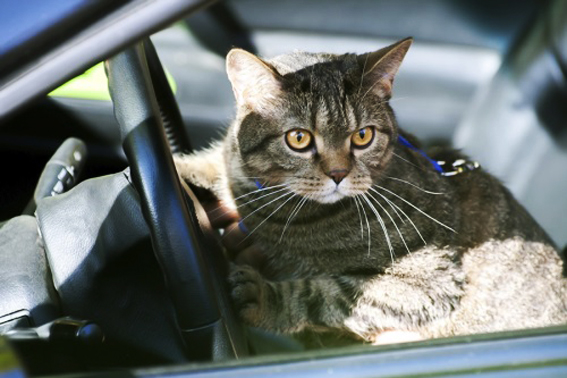HEAT STROKE? HERE'S HOW TO INTERVENE
- Details
- Category: emergency room
- Hits: 513

Cats don't have sweat glands (like we do) to regulate their body temperature through sweating. They keep it constant by increasing their breathing rate, with their mouth and tongue panting.
When it is hot, it is very important not to commit the very serious and often fatal mistake of exposing our friends to high temperatures. Do not leave them under the rays of the sun in closed environments (e.g. in the car, in pet carriers or in other closed environments that are not insulated and without air conditioning) and do not force them to prolonged physical exertion in the sun. Their thermoregulation system could prove insufficient and our cats could be victims of severe heatstroke that could kill them.
SYMPTOMS OF HEAT STROKE:
The animal presents, depending on the severity of the situation in which it finds itself, a state of lethargy, tachycardia, tachypnea, congestion of the mucous membranes, cough with blood, vomiting, diarrhea, convulsions, dehydration, hyperthermia (body temperature above 41 ° C ) depression of the sensory, coma.
HOW TO INTERVENE:
First call your veterinarian and get emergency directions before being able to take him to a professional visit.
It is necessary to move the animal to an airy place, immerse it in cold water for 2 minutes, do not use ice, because a too rapid cooling could cause decompensation and cardiocirculatory shock. Alternatively, bathe the cat and place it in front of an electric fan. To monitor HEART RATE, and RESPIRATORY FREQUENCY and THE RECTAL TEMPERATURE, take him immediately to the veterinarian who will subject him to the appropriate therapies (oxygen therapy and fluid therapy).
The indications are taken from a feline first aid book written by a veterinarian. But you absolutely don't want to replace the vet. Always contact the professional before intervening.












